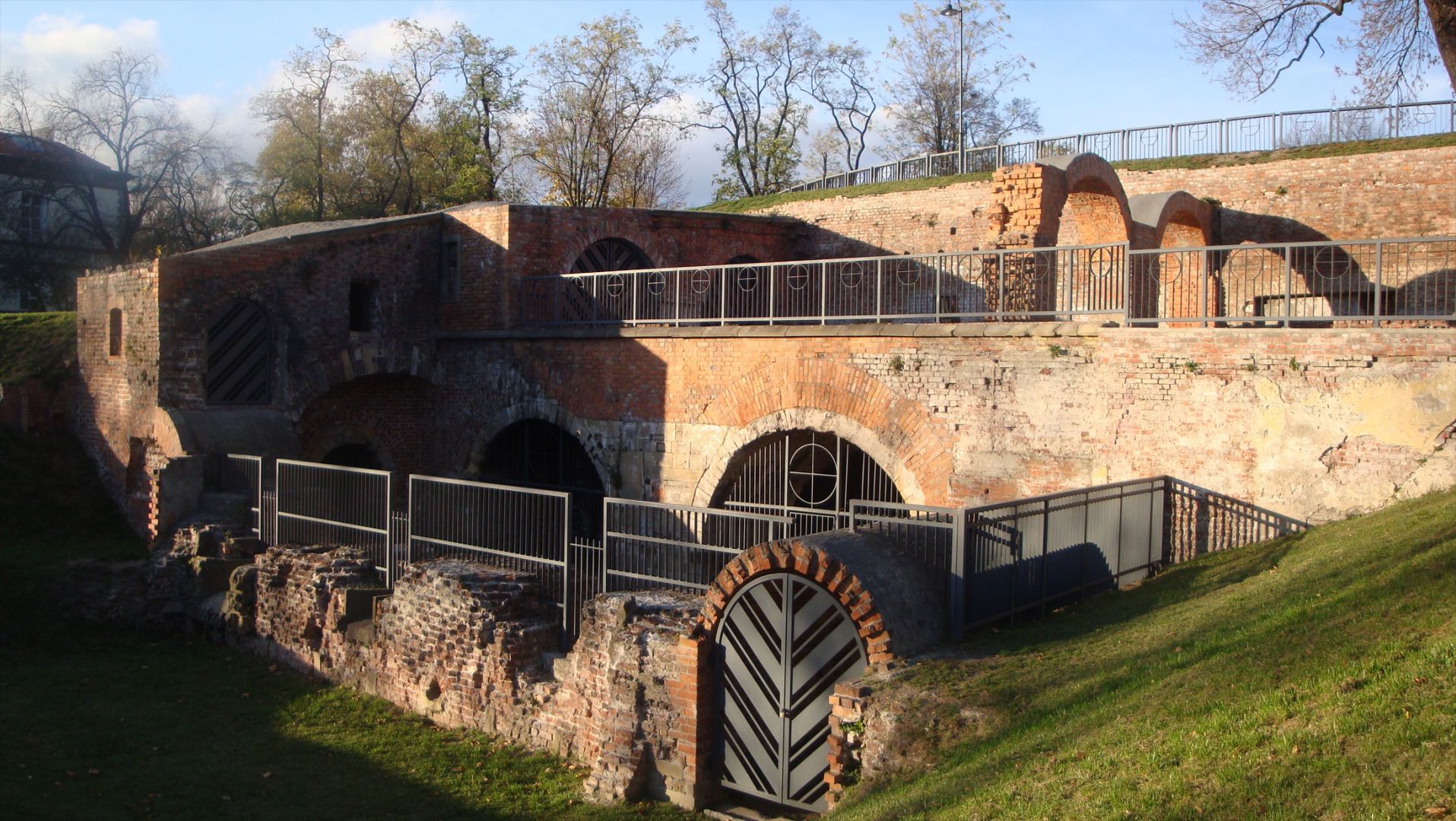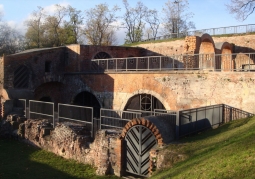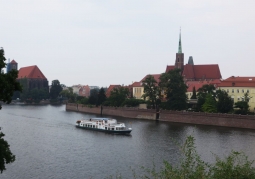The now defunct fragment of the fortifications of the city of Wrocław, located in the north-eastern part of the belt of external walls surrounding the New Town of Wrocław. This bastion was built in 1585 in the place where previously there was one of the bastions flanking the Brick Gate located here. After the liquidation, on the order of the French winners of the city fortifications after 1807, the bastion was turned into an observation hill, which was part of the walking promenade; the casemates were buried and all military equipment was liquidated. After 1945, they were renamed the Polish Hill; it is located in the quadrangle of today's Garncarska, Purkyniy Street, Old Town Promenade and Xawery Dunikowski Boulevard running along the Odra River.
Komentarze
No results
Nearby places
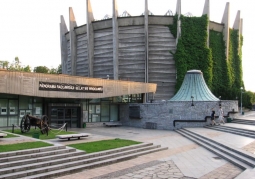
Panorama of the Battle of Racławice - Old Town - Wroclaw
Category: MuseumsPanorama of the Battle of Racławice is a picture with a length of 114 meters and a height of 15 meters depicting the battle of Racławice, in which the participants of the Insurrection led by Tadeusz Kościuszko...
1 km
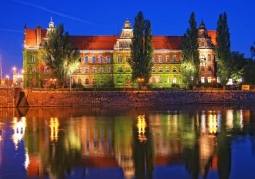
National Museum - Old Town - Wroclaw
Category: MuseumsA museum known for its extremely valuable collection of medieval art and unique Polish contemporary art. The collection includes almost 200,000 objects. An interesting fact is the so-called "chamber of curiosities",...
1 km
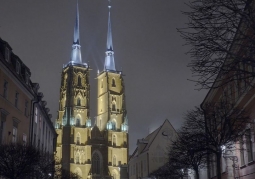
Archcathedral of St. John the Baptist - Ostrów Tumski - Wroclaw
Category: CathedralsThe present cathedral is a three-nave Gothic oriented basilica with a surrounded bypass (ambulatory) and a four-sided choir 100 m long and 44.5 m wide. Both the western and eastern façades are flanked with towers, of...
1 km
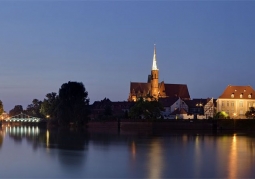
Ostrów Tumski - Wroclaw
Category: Districts, streets and stallsThe oldest, historic part of Wrocław, was created in the area of the Oder crossings, between the mouths of the Oława rivers in the south, Ślęza and Widawy in the north. The river branching out into numerous...
1 km
Nearby places

Panorama of the Battle of Racławice - Old Town - Wroclaw
Category: MuseumsPanorama of the Battle of Racławice is a picture with a length of 114 meters and a height of 15 meters depicting the battle of Racławice, in which the participants of the Insurrection led by Tadeusz Kościuszko...
1 km

National Museum - Old Town - Wroclaw
Category: MuseumsA museum known for its extremely valuable collection of medieval art and unique Polish contemporary art. The collection includes almost 200,000 objects. An interesting fact is the so-called "chamber of curiosities",...
1 km

Archcathedral of St. John the Baptist - Ostrów Tumski - Wroclaw
Category: CathedralsThe present cathedral is a three-nave Gothic oriented basilica with a surrounded bypass (ambulatory) and a four-sided choir 100 m long and 44.5 m wide. Both the western and eastern façades are flanked with towers, of...
1 km

Ostrów Tumski - Wroclaw
Category: Districts, streets and stallsThe oldest, historic part of Wrocław, was created in the area of the Oder crossings, between the mouths of the Oława rivers in the south, Ślęza and Widawy in the north. The river branching out into numerous...
1 km
